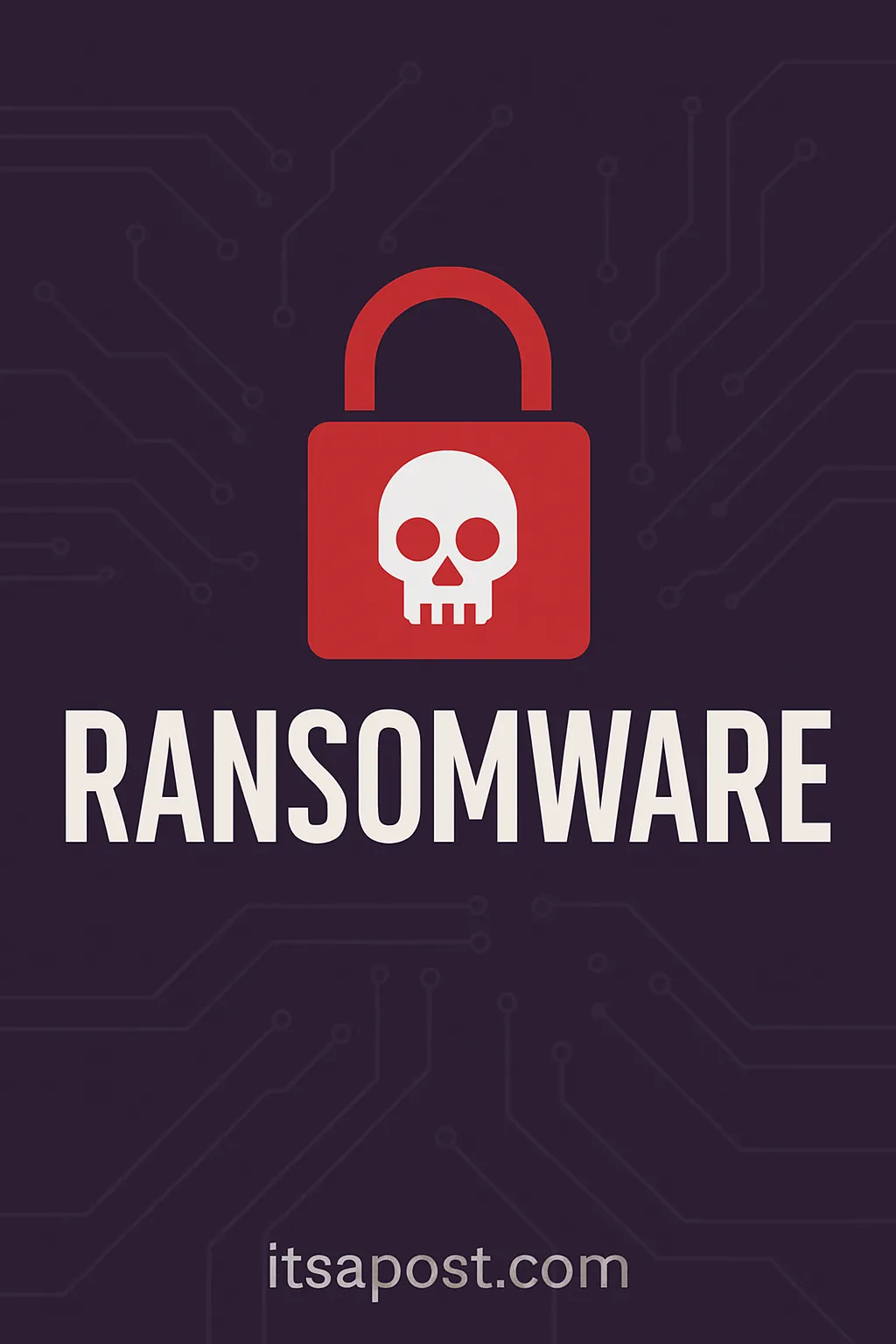Enhancing Space Cybersecurity: An In-Depth Look at NASA's Latest Guide
In the realm of cybersecurity, the final frontier is just as vulnerable to digital threats as any terrestrial network. Recognizing this, NASA has stepped forward with a pioneering document aimed at bolstering defenses across the space industry. Their newly released Space Security Best Practices Guide is a comprehensive blueprint tailored to safeguard space missions against the evolving landscape of cyber threats.
Overview of NASA’s Cybersecurity Guide
As detailed on Packet Storm News, NASA's guide spans 57 pages and is the agency's first formal attempt to consolidate cybersecurity knowledge as it applies to space operations. The guide is not only a crucial resource for current and future space missions but also serves as a template for industry-wide cybersecurity practices.
Key Elements of the Guide
The guide covers numerous aspects of cybersecurity, from basic proactive measures to advanced defensive strategies. Notably, it emphasizes the importance of:
- Developing a robust organizational cybersecurity policy
- Implementing rigorous training and awareness programs
- Ensuring continuous monitoring and assessment of cyber threats
- Applying comprehensive risk management frameworks
Each of these elements is critical for creating a secure operational environment in space, where the cost of failure is exponentially higher than on Earth.
Cybersecurity Challenges in Space Missions
Space missions inherently include unique challenges such as the need for long-duration network integrity and the management of highly sensitive information across global networks. The isolation of space assets and the critical nature of their functions make them prime targets for nation-state actors and cybercriminals.
Importance of a Sector-Specific Guide
The specificity of NASA’s guide serves the unique needs of the space sector which encounters distinct challenges not typically faced by terrestrial networks. Its focus on specific preventative measures and crisis management tactics ensures that space missions can maintain high levels of operational security, even in the face of sophisticated cyber threats.
Conclusion: Implications and Future Directions
NASA’s proactivity in releasing the Space Security Best Practices Guide marks a critical step in addressing cybersecurity in space. It presents an opportunity not only to set a standard for space security but also to drive global conversation and cooperation in managing cybersecurity risks in a domain where collective vulnerability can have unprecedented consequences.
This guide could potentially serve as a benchmark for other sectors, demonstrating the effectiveness of industry-specific cybersecurity measures. As more entities engage with space, the principles in NASA’s document will likely serve as a cornerstone for safeguarding the technologies that empower us to reach beyond our atmospheric shores.
